The Renaissance meaning “resurrection” or “rebirth,” was a colossal transitional movement in Europe that swept aside archaic notions from the Middle Ages and introduced individualism, material emancipation, scepticism, nationalism, a more stable economic system, and self-expression in their place.
18 Facts about the Indian Renaissance
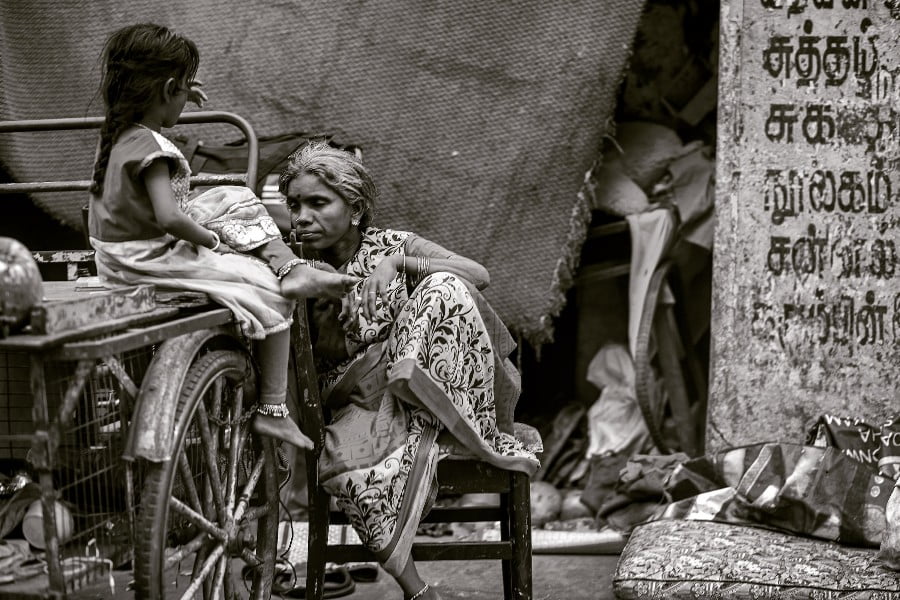
1. Indian social and cultural awakenings influenced by Western concepts of reason, equality, and liberty occurred during the Renaissance. Raja Rammohan Roy played a pivotal role in India’s cultural revolution. He is known as the “Father of the Indian Renaissance”.
2. The term “renaissance” alludes to the resurgence of classic works; but, in the context of India, it encompasses more than just a resurgence. In India, it also refers to a new beginning. The English invasion sparked the Indian Renaissance.
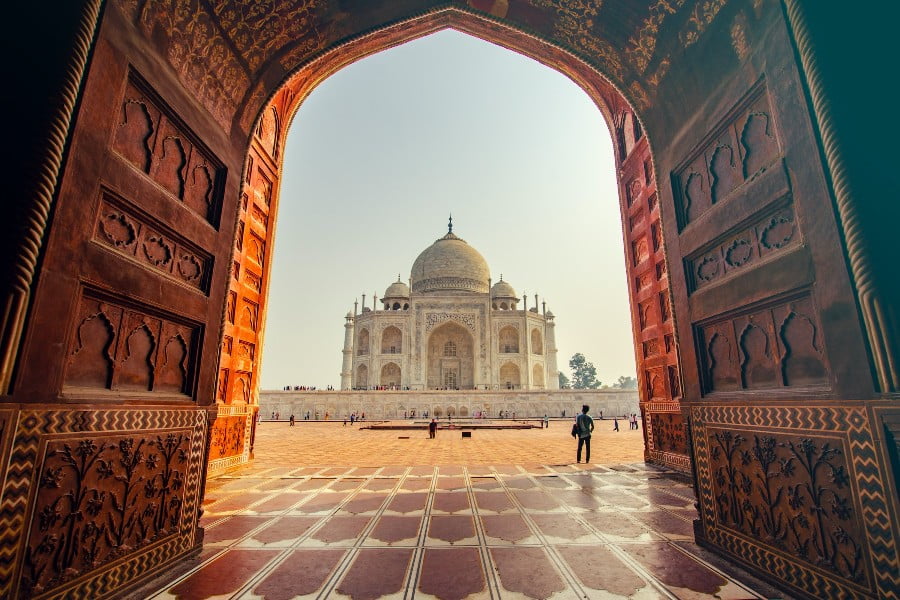
3. Indian renaissance is the revitalization of Indian cultural life that dons a new guise while remaining anchored to its historical roots.
4. While the Renaissance began in Europe in the 15th century, it didn’t start until the 19th century in India. Following the arrival of the British armies, there was a widespread religious and social awakening that led to the Indian Renaissance.

5. The scriptures of India, including the Vedas, Upanishads, Sutras, epics, and many others, contained a wealth of knowledge. By way of European traders who travelled to India, these were translated and renewed.
6. A fresh approach to learning about Indian history was developed. Reinterpreting Indian religious writings and ceremonies made it clear that our religion at the time was full of inconsistencies and injustices. A fresh movement for socio-religious changes was started by Raja Rammohan Roy and other intellectuals under the influence of Western philosophers.
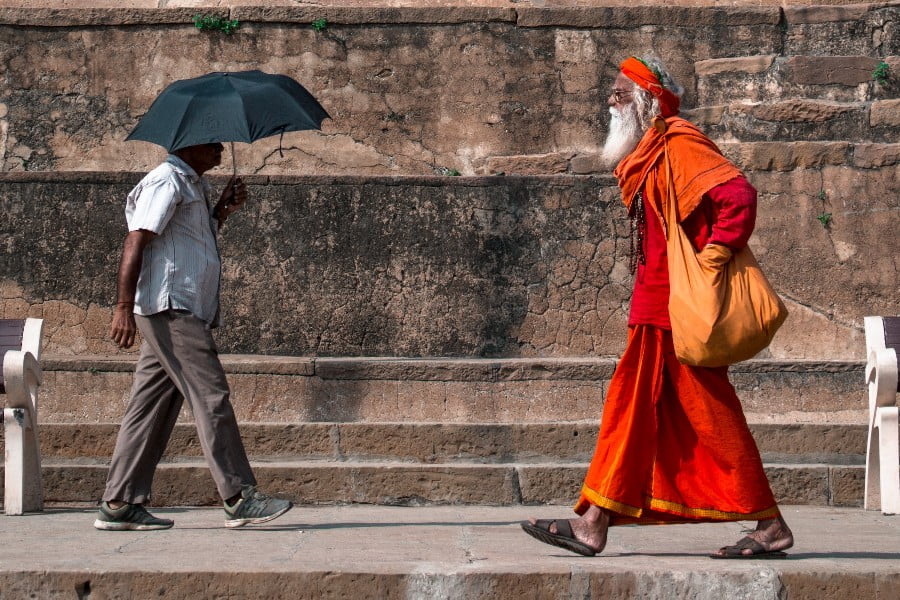
7. It significantly aided in the emergence of Indian nationalism. People all around the nation, not just in secluded locations, were affected and united by it.
8. Reform initiatives and attacks on systems like caste, which hindered social creation, made people feel a sense of solidarity.
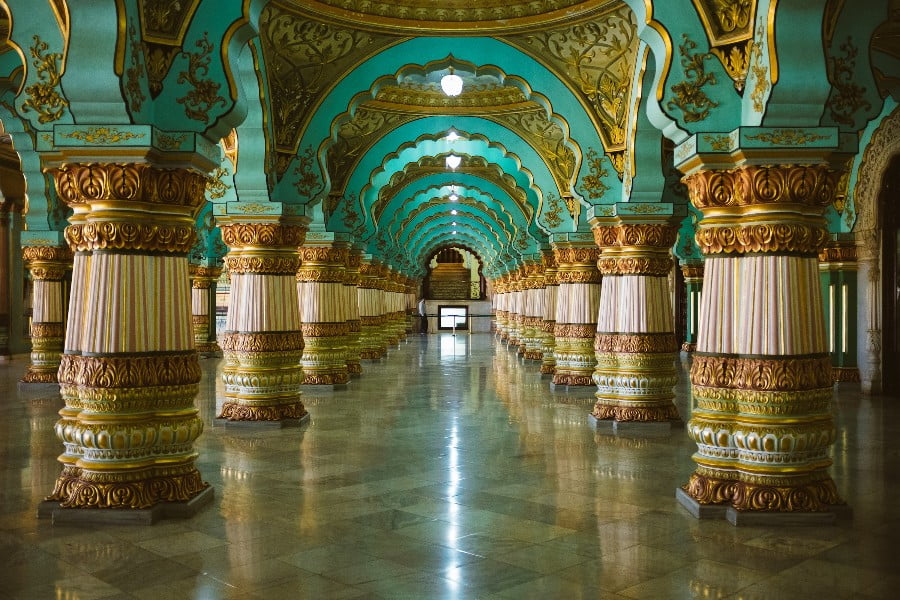
9. This was an attempt to alter the existing social atmosphere in order to revive the socio-cultural system. It renewed belief in India’s magnificence, instilled a sense of self-respect and renewed confidence in the face of colonial forces.
Read also – 18 Fun Facts about Hippos
10. The anti-colonial movement is typically regarded as having its pre-political roots in India’s Renaissance. Indians generally focused on social and cultural development during this time in order to take part in more progressive, radical, and political initiatives. Many view Nationalism as having emerged from social and religious movements under the Indian Renaissance, which came before political conflicts. Nationalism is hence seen as the inevitable outcome of the renaissance.
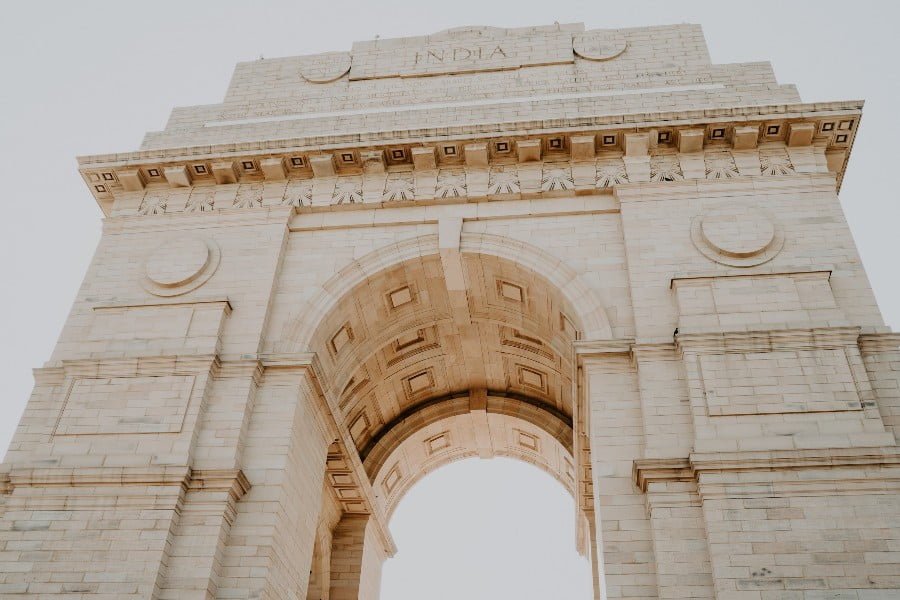
11. The study of English literature, ideas, philosophies, and historical texts emerged during the Indian Renaissance.
12. The aim of the reformers was never to supplant the native culture of India with Western culture. Instead, they merely adopted Western ideas like humanism that they perceived as desirable for societal advancement. Instead of blatantly copying the West, they placed more emphasis on the interpretation of the scriptures and the simplifying of the rituals.
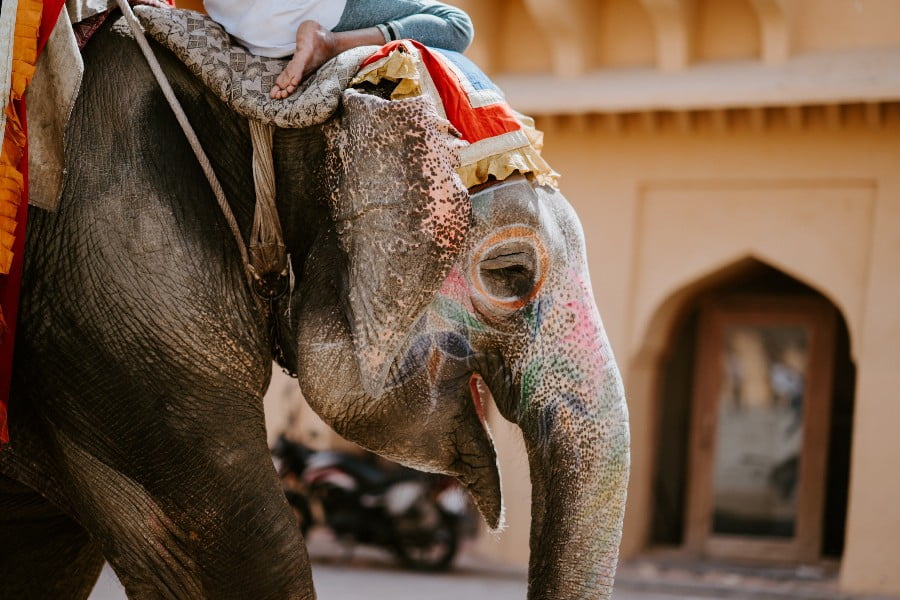
13. Swami Vivekananda attempted to bring about change by reinterpreting the Vedas in light of the modern world. He emphasised the value of altruistic effort and service.
14. Similarly, Raja Rammohan Roy held the Vedas and Upanishads in the highest regard while admiring Western philosophy. In 1829, he assisted William Bentinck in enacting laws outlawing the evil practice of Sati by organising a movement against it.
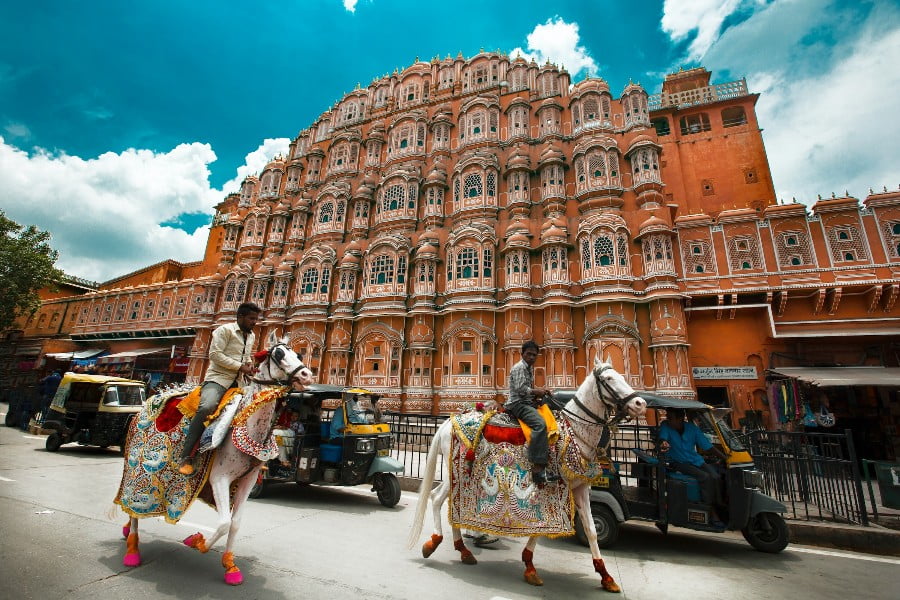
15. Ishwarchandra Vidyasagar supported his case for widow remarriage with references to ancient texts. His recommendations were taken on board by British officials, and in 1856, legislation permitting widow remarriage was established.
16. Due to the relatively late formation of a middle class in Kerala and Tamil Nadu, the renaissance in these states got off to a delayed start. Contrary to the north Indian renaissance, which was primarily an upper-caste preserve, the majority of reform movements in these states came from the lower castes (such as Narayana Guru and Ayyankali).
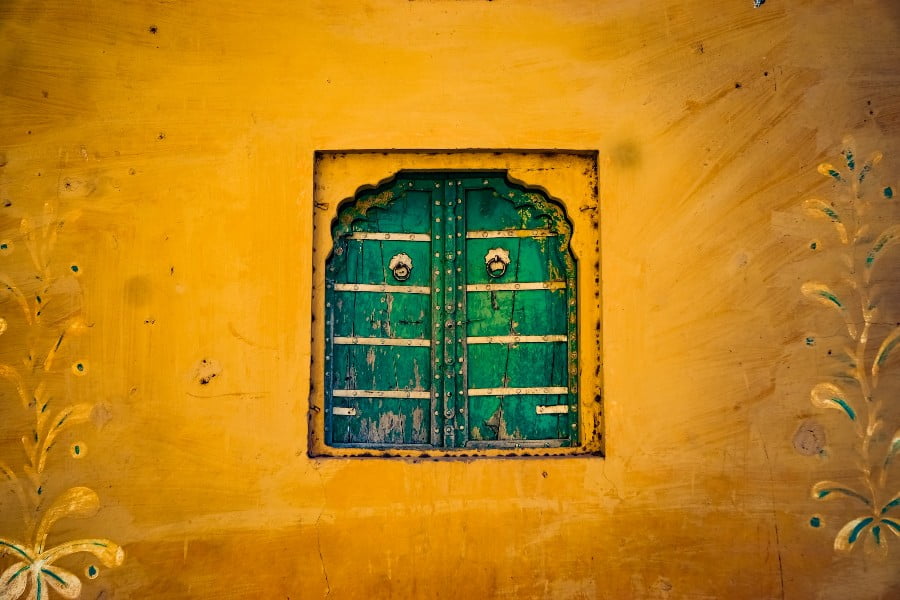
17. The desire to change the current social and cultural conditions—from irrational religious practices and rituals to the repressive nature of women’s treatment—was a trait they all had in common.
18. The standard of living and the elevated levels of dance, music, and other performing arts were evidence of the Indian Renaissance’s significant influence.
As argued by multiple scholars the Indian Renaissance finds its roots in British colonisation but exhibits a movement centred around Indian culture and its art. The most remarkable effect of this movement was the rise it gave to discourses against the caste system and the passage of laws against discriminatory practices towards women.
Read also – 22 Fabulous Facts about Friday